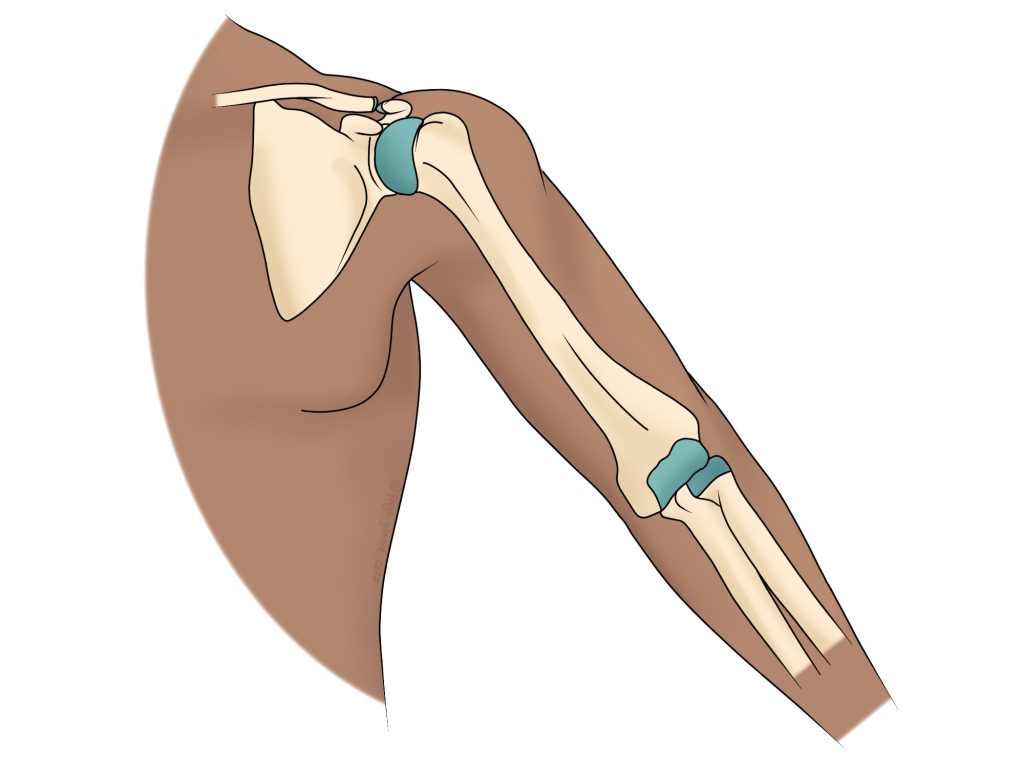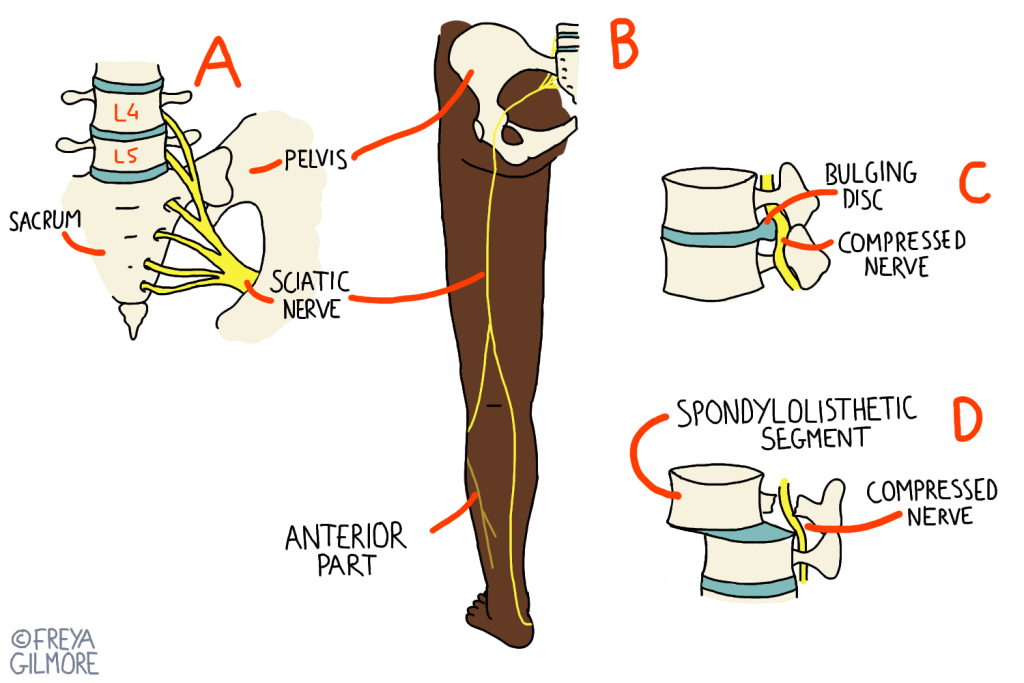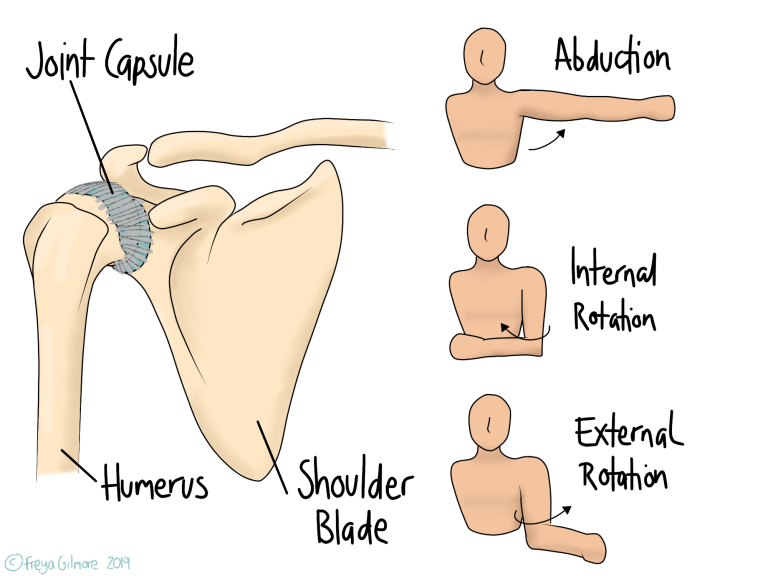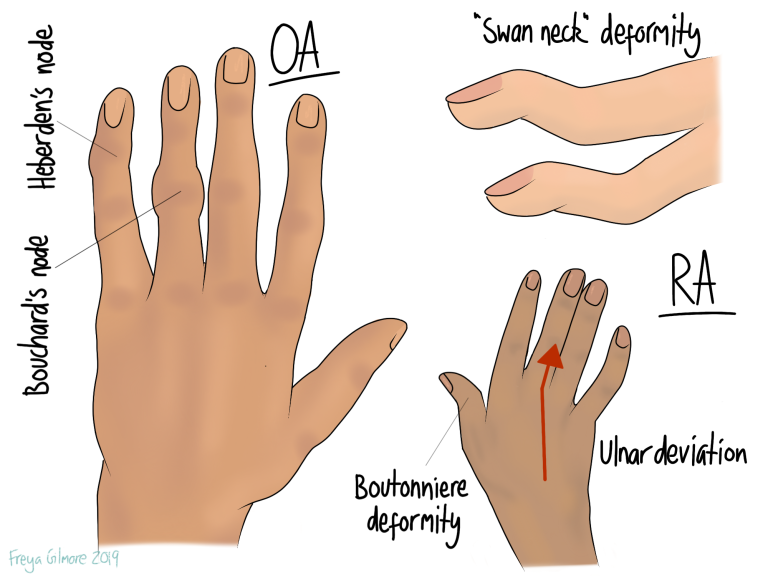Throwing Sports Injuries
Repetitive movements like throwing can irritate the already very mobile shoulder joint. The soft tissues of the shoulder can be overworked by this repetition, causing muscle strains or tendon sprains. This can manifest as a rotator cuff injury if one of the muscles from this group (supraspinatus, infraspinatus, teres, or subscapularis) are involved. It could also cause bursitis, where a fat pad in the shoulder area becomes irritated.

Your osteopath can give advice and a treatment plan based on your presentation and diagnosis. But in terms of first aid, ensuring you’re not over exercising is a good place to start. A cool compress is often helpful too, although deeper injuries may not respond to this. Do avoid using a sling or otherwise immobilising the shoulder, as this can cause further problems than allowing it to move freely.
Dancer’s Hip
Like the shoulder, the hip is a mobile ball and socket joint. Both are supported by a lip of cartilage around the edge of the socket: a labrum. This cartilage helps to maintain mobility while keeping the joint secure. However, strong, extreme, or repetitive movements can injure the cartilage. Cartilage takes a long time to heal, so seeking treatment for your hip pain is important.
Using a combination of techniques to improve mobility and support the joint, your osteopath can encourage the tissues to heal, and give advice to reduce the chances of the injury recurring.
Sciatica due to Sports Injuries
Sciatica can be caused by a number of issues, but one of the easier causes to manage is a tight muscle in the buttock. The piriformis is a small, deep muscle, responsible for rotating and extending the hip joint. The sciatic nerve runs close to, or in some cases through the muscle. When the muscle gets tight, as it might do following a strain or even just an increase or change in activity, it can irritate the nerve. When the piriformis muscle is responsible for the pain, we call it Piriformis Syndrome.

We don’t always associate nerve pain with sports, so the pain might be mistaken for a hamstring injury initially. Pain can track from the buttock to the back of the thigh and calf, then into the foot. But it will often stay isolated to the thigh, at least for a while. Your osteopath has a range of tests to differentiate between a nerve and another cause of pain, and there will be some indicators in the information you give us earlier on in your appointment.
Sport as Pain Management
Despite all of the potential injuries, exercise is still the best way to manage a number of different conditions. Osteoarthritis is a condition of cartilage. In order for the cartilage to heal or just progress slower, it needs movement. This is particularly relevant for arthritis in the hip if your lifestyle is sedentary: moving through a fuller range of movement will be key to encouraging nutrients to reach the cartilage. Fibromyalgia is another condition that responds very well to exercise. In fact, your osteopath’s treatment plan may be primarily focused on supporting a return to exercise because it’s that effective. Exercise might be the last thing on your mind when you’re exhausted from the condition, but slowly rebuilding your capacity can start to address all aspects of fibromyalgia.
Click here to make an appointment for your sports injuries in the Bristol area


